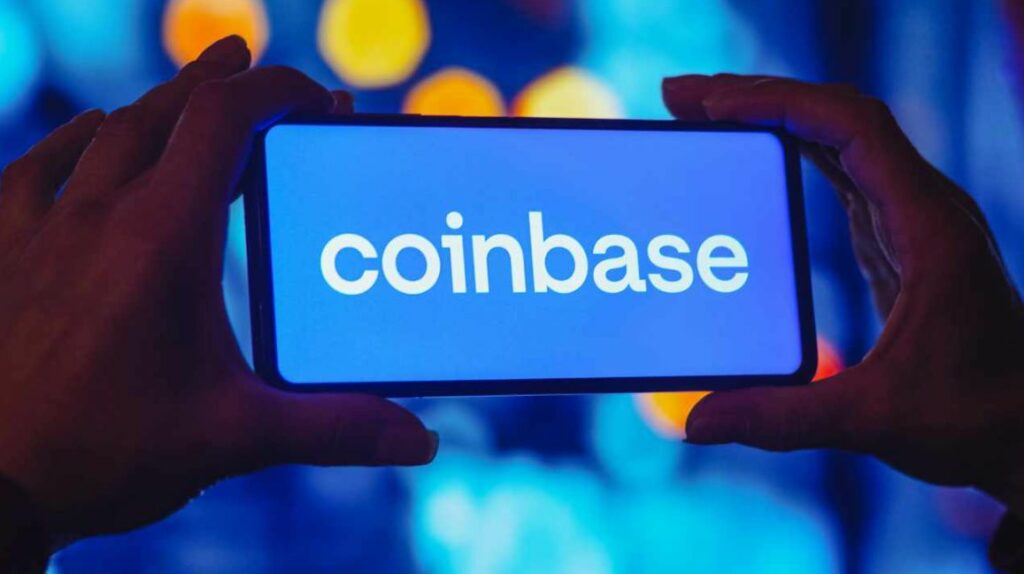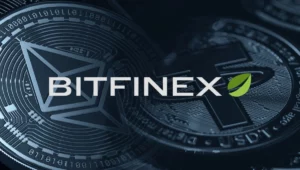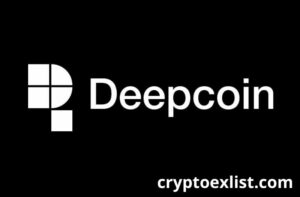
In a bold declaration on May 2, 2025, Coinbase CEO Brian Armstrong stated that crypto is on track to “eat most of financial services.” The message, posted on social platform X, reinforced the company’s full commitment to a future built on blockchain.
“Our thesis: crypto is going to eat most of the financial services, and Coinbase is 100% focused on crypto.”
– Brian Armstrong, CEO of Coinbase
Coinbase’s strategy has never been clearer. The leading U.S.-based crypto exchange is doubling down on decentralized finance (DeFi), expanding its crypto-backed lending products, and making major moves in on-chain credit markets.

USDC-Based Loans See Rapid Growth
One of the most striking developments involves the rapid growth of USDC-based lending. According to Max Branzburg, Coinbase’s Head of Consumer Products, users are increasingly adopting USDC loans through the decentralized lending platform Morpho Labs.
Loan volume surged to $120 million in May, compared to:
- $45 million in April
- $14 million in March
- $2 million in February
- $0 in January
This exponential rise highlights how quickly users are embracing on-chain lending solutions. Branzburg shared these figures on X, emphasizing that the adoption curve is just beginning.
Bitcoin-Backed Loans Roll Out Nationwide
Coinbase is also expanding bitcoin-backed lending services. On April 30, the company announced that its loan product, secured by Bitcoin holdings, is now fully available to U.S. users, with the exception of New York due to local regulations.
Branzburg noted that while $265 million in bitcoin is currently used as collateral, this amount is only a fraction of the total held by users. The rest remains idle. That leaves a massive pool of untapped collateral that could power a new wave of decentralized lending.
This move is part of Coinbase’s broader goal: bringing traditional credit markets onchain.

Armstrong: Crypto Can Power Global Credit Access
In response to Branzburg’s update, Armstrong shared a deeper vision for crypto’s role in transforming financial services. He sees the onchain model as a way to improve efficiency and accessibility, especially for people who are excluded from traditional banking systems.
“Credit markets are moving onchain. We eventually want to power small business loans, home loans, car loans, uncollateralized loans, etc. Many people in the world don’t have access to credit. We can make it a more efficient (and global) market onchain.”
His statement signals a shift from just crypto trading toward real-world financial applications. It’s also a nod to the potential for unbanked and underbanked communities to finally gain access to capital.
Why Coinbase Is Betting Big on DeFi
Coinbase’s aggressive push into lending isn’t just about offering new products, it’s about reshaping the financial system.
The traditional finance industry is known for being slow, expensive, and exclusive. DeFi, in contrast, operates 24/7, requires fewer intermediaries, and is accessible globally. With smart contracts doing the heavy lifting, costs are lower, and services can scale faster.
Coinbase is positioning itself as the gateway between centralized exchanges and decentralized protocols, making it easier for everyday users to access crypto-native lending and credit products.
Critics Raise Concerns About Risk and Regulation
Not everyone is convinced. Some critics argue that the growth of crypto lending comes with serious risks. They point to:
- Regulatory uncertainty in key markets
- Smart contract vulnerabilities
- Lack of traditional consumer protections
- High collateral requirements
Despite these concerns, Coinbase and other industry players believe that the future of finance lies onchain. They argue that transparency, open access, and composability make DeFi systems more resilient in the long run.
The Bigger Vision: Crypto as the New Infrastructure
Coinbase’s efforts aren’t happening in a vacuum. The broader crypto industry is shifting focus from trading and speculation to building infrastructure that could eventually replace banks, credit agencies, and even mortgage providers.
This aligns with Armstrong’s belief that crypto will become the backbone of financial services, not just an alternative asset class. By powering real-world use cases like lending, payments, and identity, Coinbase hopes to lead this transformation.
What’s Next for Coinbase?
Coinbase’s future likely involves:
- More partnerships with DeFi platforms
- Scaling onchain lending to global markets
- Introducing uncollateralized lending models
- Navigating regulatory frameworks across jurisdictions
The company’s recent earnings show strong momentum, and its commitment to crypto-native services gives it a unique position among publicly traded fintech firms.
As of now, Coinbase (Nasdaq: COIN) remains one of the few regulated platforms with the resources, reputation, and reach to bridge the gap between centralized finance and the decentralized future.
Brian Armstrong’s declaration isn’t just a bold prediction. It’s a call to action. By stating that crypto will eat most of financial services, he’s outlining Coinbase’s roadmap for the years ahead.
Whether it’s through USDC-based loans, bitcoin-backed credit, or next-gen DeFi tools, Coinbase is betting everything on the blockchain. If Armstrong’s thesis holds true, we may be witnessing the beginning of a financial revolution – one that’s built entirely onchain.























